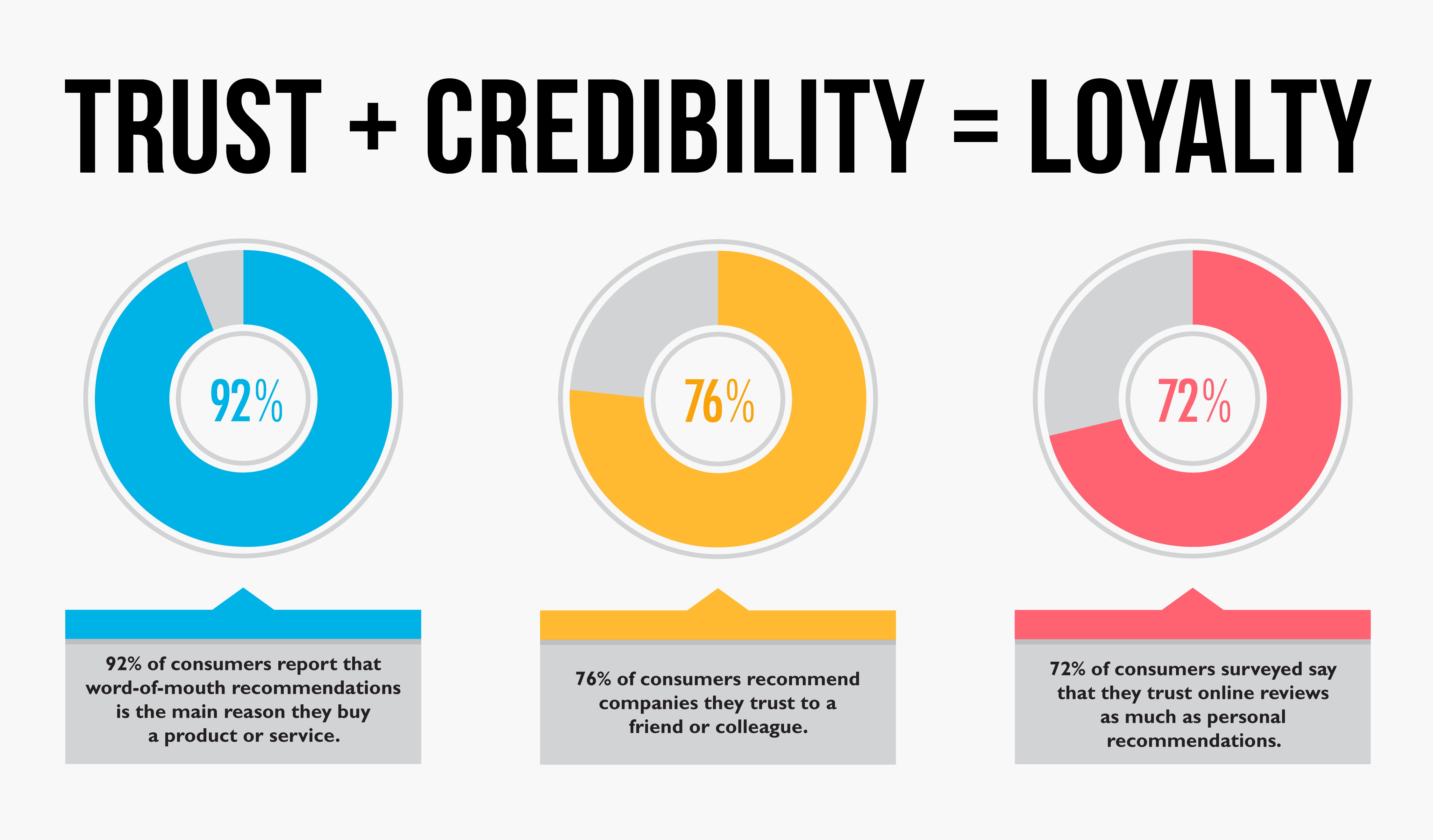The Best Marketing Strategy You’re not Using
By Tricina Elliker
How’s your customer service strategy? Is it working? How many customers do you retain month after month? How much do you spend on customer acquisition?
Providing great customer service is vital to drive profits and retain customers. But companies looking to keep profit margins healthy continue to skimp on customer service costs — employing tactics that keep costs low in the short term but cost loyal customers and untold revenue in the long run. Bad customer service costs approximately $84 billion every year in the U.S. alone.
How you approach customer experience can make or break your brand. But here’s the thing: Creating lifetime loyal customers doesn’t have to cost a lot, it just requires a different approach to the way you view and structure customer service.
Real customers want real customer support
Customer service is the arm of your company that directly interacts with the people who buy your product. Ads will get some customers to check out your products for the first time, but it’s great customer service that brings them back time and again. And it’s great customer service that builds word-of-mouth buzz.
Companies that build a culture that rewards customer support see enormous rewards. Every year companies spend $170 billion on advertising in the US, yet word-of-mouth is still the best marketing. While ads often tempt you into checking a product out, asking a friend about their experience with a company is an easy way to get information about their entire product experience. In fact, 92% of customers rely on recommendations from friends or family members. And just to pile on to the overwhelming evidence, customers acquired through word-of-mouth stick with your brand too.
So how do you build word of mouth? You figure out what makes customers happy and give it to them. And when customers have issues with your product (which is inevitable) smart companies have systems in place to help customers solve those problems quickly and without more frustration.
Marketing is about more than ads
At most companies customer service is run as a part of operations when in reality it’s already a part of marketing, whether you treat it like marketing or not. Great marketing professionals work hard to understand the customers they target — they know whether they’re tweeting or Instagramming, whether they live in cities or suburbs, whether their biggest weekend expenditures include nursing a hangover at Sunday brunch with friends or trips to the local zoo with their kids.
And customers, it turns out, really like to be understood. As long as marketers don’t cross lines and violate consumer privacy, a company that understands what their customers actually want is a welcome relief. Great marketing is a collaboration between consumer and company, it’s giving people what they want when they want it most.
In short, marketers are already customer service experts. Keeping marketing and customer service separate just creates barriers between customers and the people who understand them best.
“Any engagement that any employee has with a customer is a marketing activity,” says Reginald Christian, CEO of bdot., a brand experience agency in New York. “It will either detract or add to their existing belief about that brand. So you have to recognize that from the customer standpoint it’s a whole experience each time they interact with the brand.”
Treating marketing and customer service as completely separate silos is detrimental to building a loyal and happy customer base. Great marketing helps customers find the products they want and great customer service helps them get the most out of those products.
Two years ago a Gartner report found that while only 36% of companies expected to compete based on customer experience in 2010, expectations were that by 2016 that number would jump to 89%. In fact, Gartner also reported that, “By 2017, 50% of consumer product investments will be redirected to customer experience innovations.”
The customer service department is changing
Changes in customer service approaches are already underway. We’re seeing more companies shift direct customer communication to the marketing department via social media channels. Community managers — the people who respond directly to tweets, comments, and other online interactions — are managed within the marketing department. This shift has been a brilliant one. Many companies have made headlines with excellent responses to customer requests or complaints through social media.
Not only does this kind of interaction create great press, but it shifts the way the whole company sees customer interaction. It’s not just necessary aspect of running any business, it’s an opportunity to get to know the people who buy your product. Suddenly consumers are influencers, empowered to talk to a large audience about their experiences with your brand. They call out bad experiences and highlight the great ones.
Some brands are even building this way of thinking into their own company mission. Zappos CEO, Tony Hsieh, is famous for referring to the online footwear site as “a customer service company that just happens to sell shoes.” While Zappos isn’t usually the cheapest place to buy shoes, customers know that if they have any problems with their purchase, the company will bend over backwards to make sure the issue is resolved.
“Many people think the customer’s journey ends with a purchase,” says Christian. “But when I need to contact the company for a return or a question, that’s also a part of the customer’s journey because it turns into additional aspects of the cycle, whether it’s another purchase, advocacy later on, or just being able to purchase something else in the future.”
Customers are tired of getting stuck, listening to bad hold music on the customer service line that never seems to have any actual humans on the other side. American Express discovered in a customer survey that 9/10 respondents would pay more for good customer service. Which naturally leads to the next question: if consumers are willing to pay more to ensure good customer service, why do so many companies insist on skimping in this area?
Taking care of your customer base lowers customer acquisition costs (thanks to returning customers) upping your lifetime customer value and building great word-of-mouth advertising in the long run. If you’re looking to build a great brand, one that grows fast and sticks around for a long time to come, approach your customer service like a marketer.








